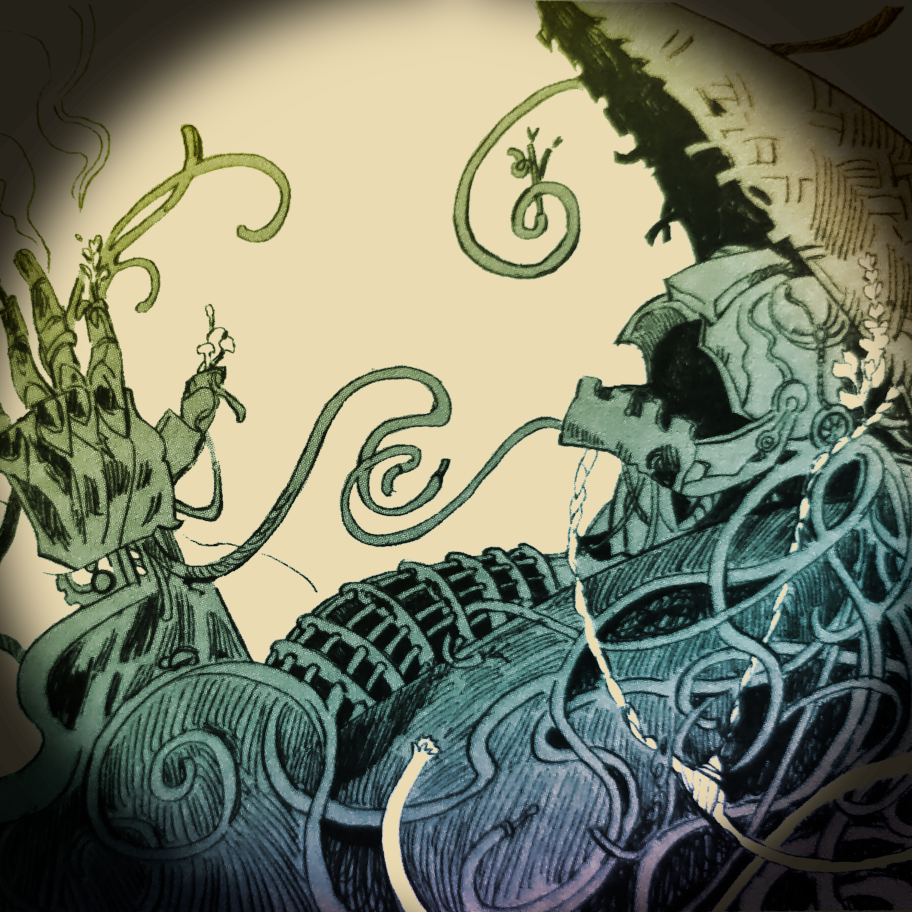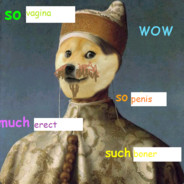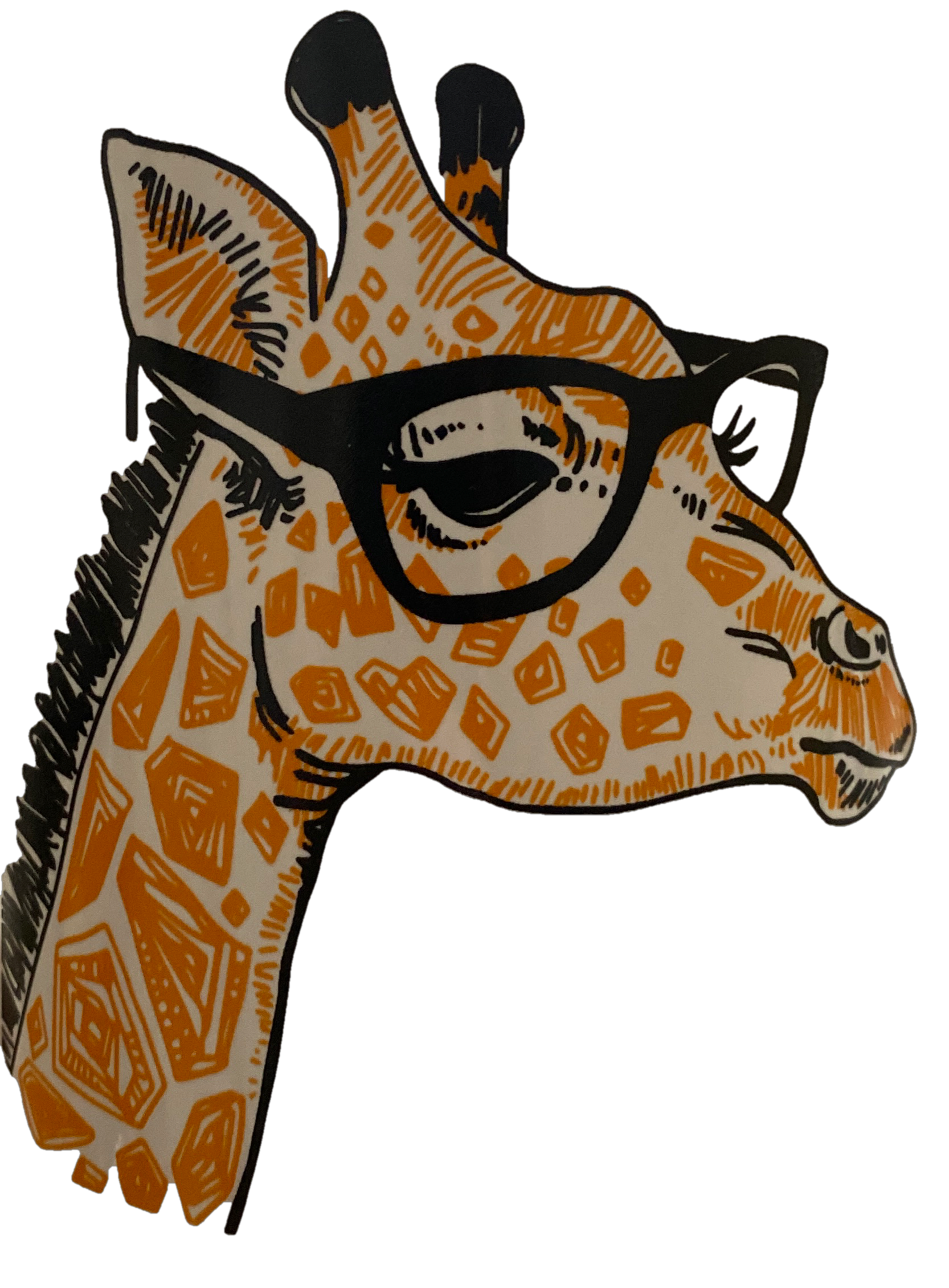Archaeologists in Bavaria made a rare find last week: during excavations in the Swabian town of Nördlingen, experts discovered a bronze sword that is more than 3,000 years old, the State Office for the Preservation of Historical Monuments announced Wednesday. This is so well preserved, “that it almost still shines”.
It is an octagonal sword, whose octagonal handle is made entirely of bronze. According to a preliminary classification, it dates from the late 14th century BC and thus from the Middle Bronze Age, it said. Sword finds from this era are rare, they said. The experts also suspect that the find is a bronze full hilt sword, that is, a weapon that was used for fighting.
The now discovered sword comes from a grave with rich bronze grave goods. A man, a woman and a youth were buried in it. The possible relationship between the persons is still unclear.
The production of octagonal swords is complex, because the handle is cast over the blade (so-called overcasting). The decoration is made over an inlay and by means of hallmarks.
While there are two real rivets, another pair of rivets is only indicated. Despite the manufacturing effort and the lack of hilt marks, it can be assumed that it was a real weapon. The center of gravity in the front part of the blade indicates that it was balanced mainly for slashing. Made in Bavaria? It was noticed early on that there are two separate centers of distribution of the octagonal swords: on the one hand the southern German area, on the other hand northern Germany and Denmark. A comparison of casting techniques and decoration shows that some of the octagonal swords in the north appear to be copies of southern German forms, while other pieces could be genuine imports or the product of “itinerant craftsmen”.
“Still the sword and the burial must be examined, so that our archaeologists can classify this find more exactly. But already now it can be said: the state of preservation is exceptional! A find like this is very rare,” explains General Conservator Prof. Mathias Pfeil, head of the Bavarian State Office for the Preservation of Monuments.
Via DPA (Deutsche Presse Agentur), Translated with DeepL.com/Translator. All the English articles where bad, so I auto-translated the German source for you :)
Oh, these are of amazing quality - thanks for sharing! Look at those arrow heads!


Whaa, how did it get preserved that well, that really is amazing

Anoxic environment, roughly PH neutral soil, stable temperature/humidity/moisture levels, minimal site disturbance, and the bronze forming a thin protective oxide layer without it progressing into full blown corrosion.
Source: am archaeologist

No acid, no oxygen?

But where do you get that sort of environment? I started thinking bogs but they’re acidic. Great for preserving humans though.

Nördlingen is built on a thick layer of volcanic ash. Volcanic ash is known for its ability to almost perfectly preserve things, even organic materials. (Not an archaeologist, just some googling. But some actual archaeologists on the thread have also commented about the anoxic properties of the soil in that area, and its tenancy to preserve bronze, because bronze forms a strong, protective oxide layer rather than corroding all the way through. This is still an amazing find though.)

A similar environment but with a neutral or basic pH would be a fen. No idea if that’s the environment these were found in or not though.

Ohh I didn’t know fens (hadn’t heard that word in English before) are neutral / basic, interesting.

Something must have been really removing the oxygen from the ground because that is definitely not normal.

Very nice. I think there may be orcs nearby, though.

The pyramids were already 1000 years old when this was made.

That’s such a great find. Ty for sharing!

To think such a thing would still be so pretty after 3000 years, I am amazed this has survived this long much less retained so much of is luster

That is absolutely amazing!
Gorgeous sword too. I wonder who the owner was. I’m going with local hero in my imagination.


